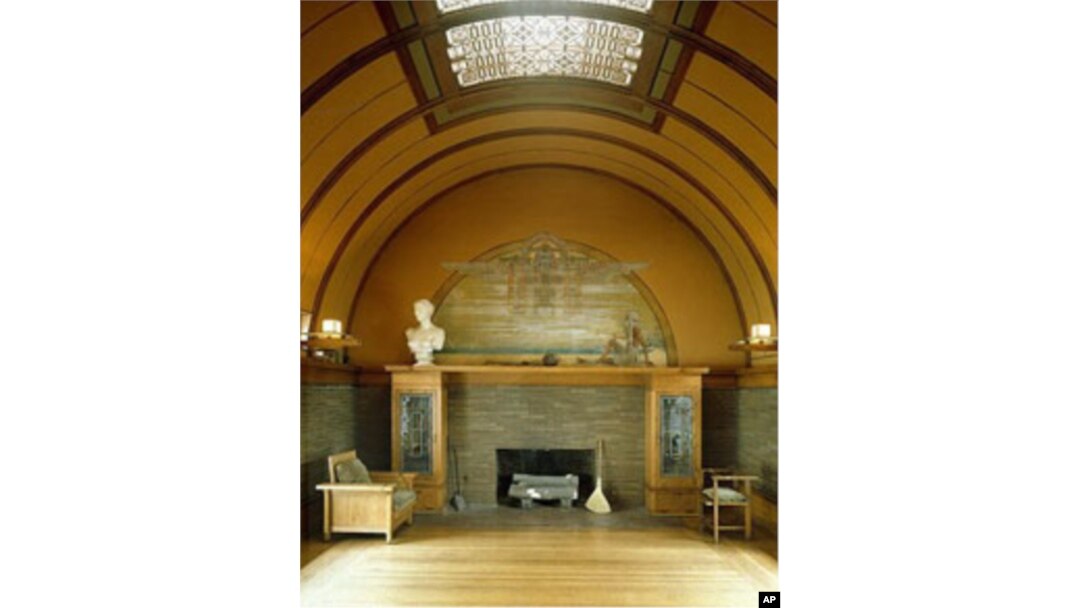If you ask Americans to name a famous architect, chances are they'll think first of Frank Lloyd Wright.
His minimalist buildings, designed to blend with nature, revolutionized architectural thinking.
Wright was born on a Wisconsin farm in 1867, two years after the end of the U.S. Civil War. He would live to see the Soviet Union send a Sputnik satellite into space.

Wright's unconventional Hollyhock House in Los Angeles was built for an unconventional woman: Aline Barnsdall, who met the architect while leading a Chicago experimental theater company.
Even before young Frankie was born, his schoolteacher mother decided that he would be an architect. Bright and curious, the lad obliged by arranging blocks and paper in the shapes of simple buildings and furniture.
Wright apprenticed in Chicago under the early designers of modern skyscrapers.
Eventually he inherited his family's Wisconsin farm, where he built one of the world's most famous houses - Taliesin. Wright called it the supreme natural house that blended so well into the surroundings that it was hard to tell where floors left off and the ground began.
He incorporated what he called his Usonian style into clients' low, flat homes that were almost works of modern art.
Avoiding fancy Victorian flourishes, Wright designed long rooms with lots of right angles and shelves that ran the length of the house. His houses were not what you would call cozy.

Wright's home and first studio in suburban Chicago, Illinois, was not as far out - by conventional standards - as his later work.
Wright was an imaginative architect but a terrible engineer. Clients loved to show off their homes but found the austere wooden furniture - which was bolted in place and difficult to move - as uncomfortable as park benches. Floor-to-ceiling windows were drafty. And worst of all, most of the roofs leaked.
Some of Wright's customers put up with it all as a sacrifice for the sake of art and design.
Mildred Rosenbaum in Florence, Alabama, said she her family sometimes grew tired of living in an architectural laboratory. She joked that the kids might get up in the middle of the night sometime and unscrew the place!


